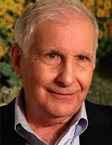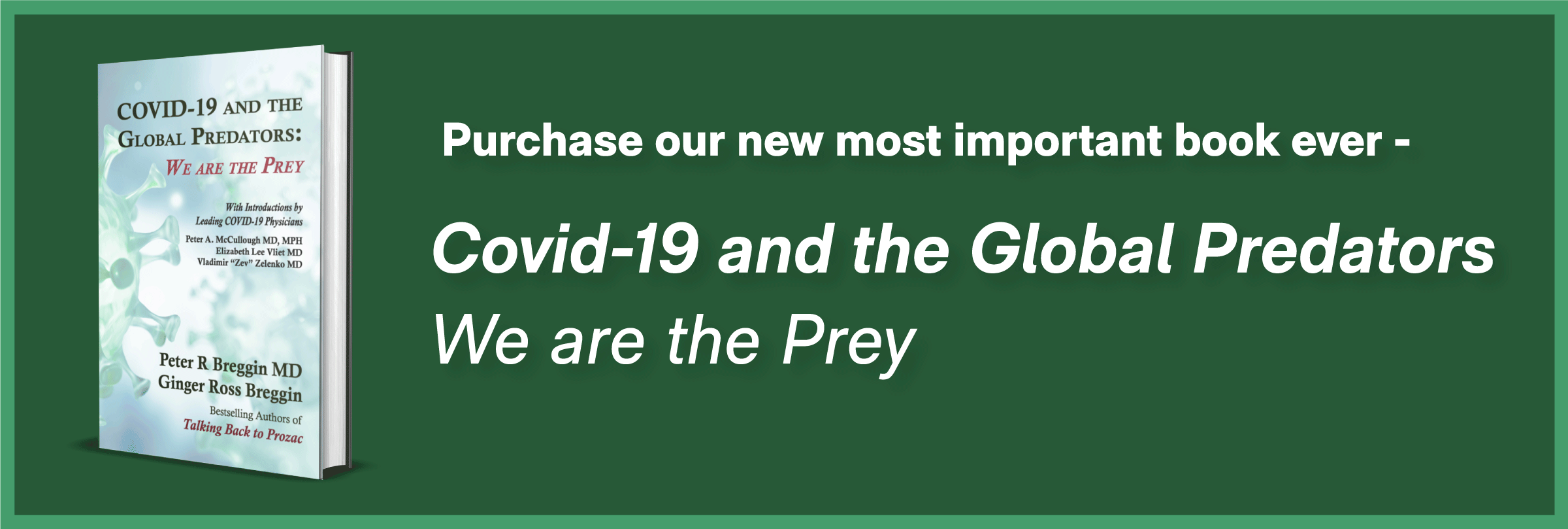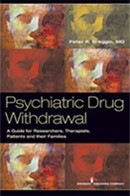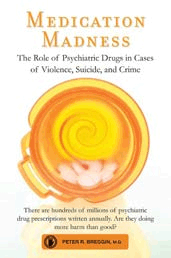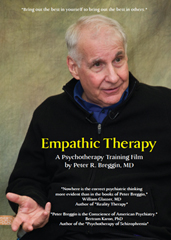Children Poisoning Themselves with Illegal Psychiatric Drugs
08/15/2008
Now a Stanford study described in the May 24-25, 2008 the Wall Street Journal by reporter Jonathan Kaufman has shown that nearly one in ten of 11th graders take stimulants like Ritalin, Adderall and Concerta without a prescription. Nine percent are taking stimulants illegally.
Why do these youngsters taking stimulants? Are they victims of drug dealers? Are they staying up all night partying? Actually, they are trying to handle the overload of work in eleventh grade in highly competitive schools in affluent communities.
Two major problems are plaguing our high school students. One is called SOS — stressed out students. This is a subject I highlighted in Reclaiming Our Children (2000) when I used the tragic example of elementary school children developing spinal problems from carrying such heavy backpacks full of books and assignments. Gone are the days of carefree elementary and high school — at least for children who want to succeed or feel driven to succeed. School has become a burden for too many of our children.
The other problem, the subject of this column, is the significant chunk of children taking drugs illegally to drive themselves to study harder and longer in this increasingly competitive environment.
Consider some of the medical or physical problems associated with stimulant drugs such as those used routinely to treat “ADHD:”
– Growth suppression measured by reduced height and weight
– Stimulant abuse and dependence (addiction) and withdrawal symptoms
– Reduced blood flow and overall frontal lobe brain function
– Reduced overall cognitive function with obsessive over-focusing
– Long-lasting abnormalities in brain chemistry
– Permanent loss of brain cells (neurons) with shrinkage of brain tissue
– Increased risk for abusing cocaine and smoking cigarettes in young adulthood
– Persistent and sometimes permanent tics
– Skin disorders
– Cardiovascular disease
– Reduced appetite
The brain dysfunction caused by these drugs can lead to serious psychiatric problems:
– Depression, apathy, sadness and social withdrawal and isolation
– Obsessive-compulsive disorder
– Suicidal thoughts and behavior
– Paranoia, mania and psychosis
– Anxiety, nervousness and agitation
– Insomnia
Every child and parent should know that the stimulants prescribed to children are highly toxic agents that the DEA has insisted on keeping in Schedule IV for narcotics along with morphine, the designation for the most highly addictive drugs used in medicine. There is no evidence that they have any effect beyond an initial drug-enforced submissiveness, a crushing of spontaneity that tends to last no more than a few weeks before the brain and mind begin to fight back. This limited drug effect, the result of neurotoxicity, as well as all the other assertions in this column, are documented with innumerable scientific citations in the new edition of my book, Brain-Disabling Treatments in Psychiatry: Drugs, Electroshock and the Psychopharmaceutical Complex (2008).
The act of diagnosing and medicating so many of our children has convinced many other children that the drugs must be relatively safe to experiment with and to take. After all, they see a substantial portion of their friends taking drugs like Ritalin, Concerta, and Adderall every day for months and years at a time. They see that many of them only need to take them on school days. Some even limit their use for exam times or competitive athletics! Why shouldn’t they assume that it would be safe for them to try on their own for more occasional use, when studying especially hard or late into the night?
Psychiatry and medicine treat these drugs as if they are safe and effective, when they are neither. Although it can be more harmful than some of the adverse effects of these drugs on the brain and mind, the moral jeopardy associated with psychiatric diagnosing and drugging is given little attention. We are teaching our children that drugs are the answer for everything from improving performance in school to dealing with life’s more difficult emotional, social and spiritual challenges. The children’s sense of self-determination is undermined by the belief that they have biochemical imbalances and psychiatric disorders like ADHD that make it impossible for them to control themselves without the use of prescription drugs.
Lead by psychiatry and the drug companies, society is discouraging children from becoming masters of their own lives and encouraging them to become lifelong consumers of psychiatric drugs. Spellbound by these drugs — that is, rendered unable to perceive their drug-induced mental dysfunction — the grown adults will accept functioning on a lower level without realizing what they are missing in the way of a drug-free, fully alert mind. This is great news for unscrupulous members of the medical and psychiatric professions, and even greater news for the pharmaceutical industry. But it’s terrible news for our children and youth, and the bad news may extent into adulthood. Because their brains have been thrown into biochemical imbalance by years of exposure to psychiatric drugs, many adults find it difficult to go on living without taking more psychiatric drugs. They cannot stop taking stimulants, tranquilizers, antidepressants, neuroleptics or mood stabilizers because the withdrawal reactions have become too long severe and lasting or even permanent. It’s time to stop the process in childhood. It’s time to stop prescribing psychiatric medications to our children and instead to provide them needed improvements in the home, school and community.
